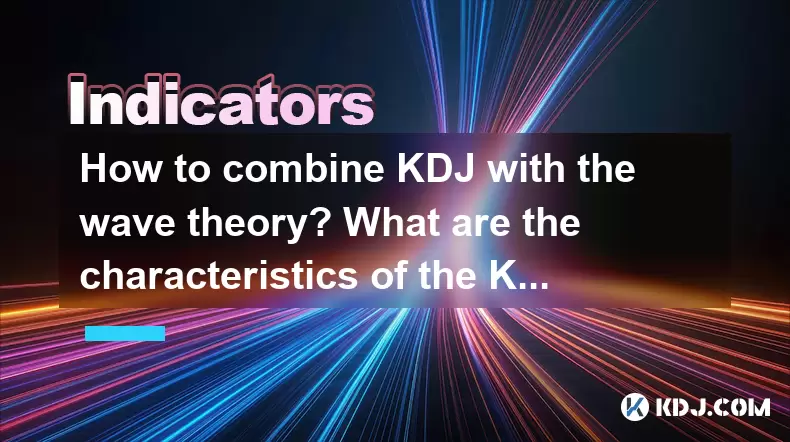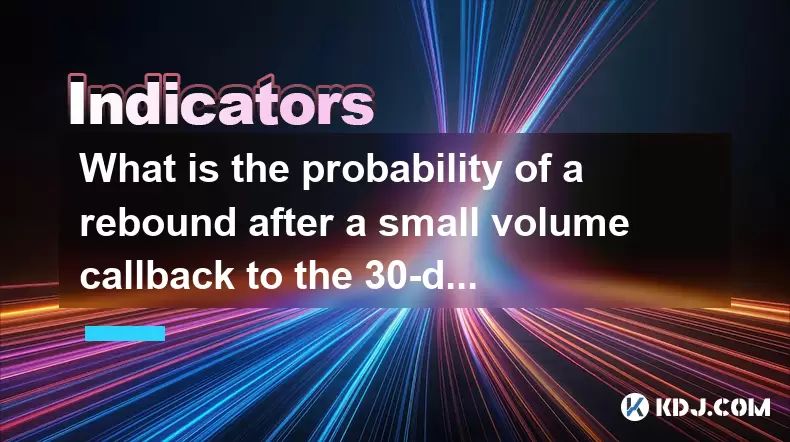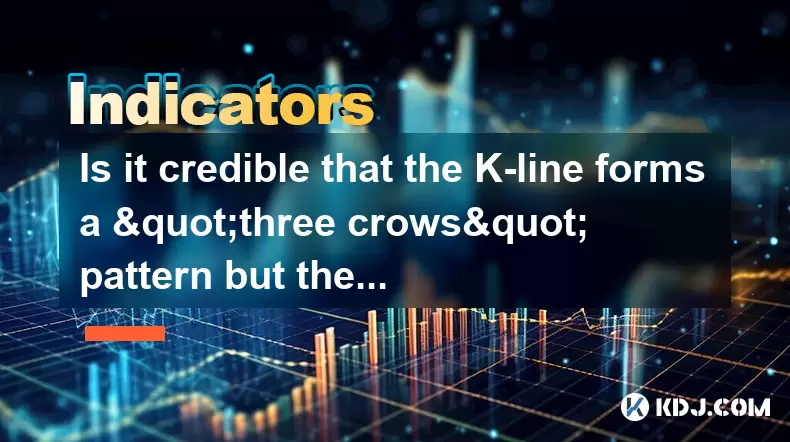-
 Bitcoin
Bitcoin $105,978.7605
5.45% -
 Ethereum
Ethereum $2,423.8735
9.54% -
 Tether USDt
Tether USDt $1.0005
0.02% -
 XRP
XRP $2.1626
9.40% -
 BNB
BNB $641.9746
4.79% -
 Solana
Solana $146.4071
11.93% -
 USDC
USDC $0.9999
0.00% -
 TRON
TRON $0.2735
4.33% -
 Dogecoin
Dogecoin $0.1646
10.74% -
 Cardano
Cardano $0.5839
9.61% -
 Hyperliquid
Hyperliquid $38.4234
8.79% -
 Sui
Sui $2.8430
18.30% -
 Bitcoin Cash
Bitcoin Cash $469.1401
3.03% -
 Chainlink
Chainlink $12.9029
12.83% -
 UNUS SED LEO
UNUS SED LEO $9.1005
0.89% -
 Avalanche
Avalanche $18.1358
11.70% -
 Stellar
Stellar $0.2453
8.78% -
 Toncoin
Toncoin $2.9174
7.94% -
 Shiba Inu
Shiba Inu $0.0...01160
11.29% -
 Litecoin
Litecoin $85.3114
7.70% -
 Hedera
Hedera $0.1512
15.21% -
 Monero
Monero $309.9386
4.88% -
 Ethena USDe
Ethena USDe $1.0007
0.03% -
 Polkadot
Polkadot $3.4098
9.78% -
 Dai
Dai $1.0002
0.02% -
 Bitget Token
Bitget Token $4.1523
4.23% -
 Uniswap
Uniswap $6.8863
11.50% -
 Pepe
Pepe $0.0...09973
13.94% -
 Pi
Pi $0.5363
7.15% -
 Aave
Aave $255.4680
15.65%
How to combine KDJ with the wave theory? What are the characteristics of the KDJ pattern in each wave?
Combining KDJ with Elliott Wave Theory helps traders identify market trends and entry/exit points, enhancing decision-making in trading.
May 23, 2025 at 02:07 am

The combination of the KDJ indicator with the Elliott Wave Theory offers traders a powerful tool for analyzing market trends and making informed trading decisions. The KDJ, or Stochastic Oscillator, is a momentum indicator that helps identify potential reversal points in the price action. When combined with the Elliott Wave Theory, which provides a framework for understanding market cycles, traders can gain a deeper insight into market dynamics. In this article, we will explore how to effectively combine these two methodologies and discuss the characteristics of the KDJ pattern in each wave of the Elliott Wave structure.
Understanding the KDJ Indicator
The KDJ indicator is a technical analysis tool that measures the momentum of a security's price. It consists of three lines: the K line, the D line, and the J line. The K and D lines are similar to the traditional Stochastic Oscillator, while the J line is a more sensitive version that can provide early signals of potential trend reversals. The KDJ indicator oscillates between 0 and 100, with readings above 80 indicating overbought conditions and readings below 20 indicating oversold conditions.
Basics of Elliott Wave Theory
Elliott Wave Theory is a method of technical analysis that identifies recurring long-term price patterns related to persistent crowd psychology. The theory suggests that market movements follow a five-wave pattern in the direction of the main trend, followed by a three-wave correction. The five waves are labeled 1, 2, 3, 4, and 5, while the correction waves are labeled A, B, and C. Understanding these patterns can help traders predict future price movements.
Combining KDJ with Elliott Wave Theory
To combine the KDJ indicator with Elliott Wave Theory, traders should first identify the wave structure in the price chart. Once the waves are identified, the KDJ indicator can be used to confirm the wave counts and provide additional signals for entry and exit points. Here's how to do it:
- Identify the wave structure: Start by analyzing the price chart to identify the five-wave impulse and the three-wave correction. Use traditional Elliott Wave analysis techniques to label the waves accurately.
- Apply the KDJ indicator: Add the KDJ indicator to the chart. Look for overbought and oversold conditions that align with the wave structure.
- Confirm wave counts: Use the KDJ indicator to confirm the wave counts. For example, if the price is in wave 3, the KDJ should be in overbought territory, indicating strong momentum.
- Identify entry and exit points: Use the KDJ indicator to identify potential entry and exit points. For instance, a bearish divergence in the KDJ during wave 5 could signal a potential reversal and the start of a corrective wave.
Characteristics of KDJ Patterns in Each Wave
Each wave in the Elliott Wave structure has distinct characteristics, and the KDJ indicator can provide valuable insights into these waves. Let's examine the KDJ patterns in each wave:
Wave 1
Wave 1 is the initial move in the direction of the main trend. During this wave, the KDJ indicator often starts from an oversold condition and moves towards overbought territory. The KDJ lines may cross upwards, signaling the beginning of a new trend. Traders should look for the KDJ to move above 20 and start trending upwards as confirmation of the start of wave 1.
Wave 2
Wave 2 is a corrective wave that retraces part of wave 1. The KDJ indicator often moves from overbought to oversold during this wave. Traders should watch for the KDJ lines to cross downwards and move below 80, indicating a potential retracement. A bearish divergence in the KDJ during wave 2 can also signal the end of the correction and the start of wave 3.
Wave 3
Wave 3 is typically the longest and most powerful wave in the Elliott Wave structure. The KDJ indicator often remains in overbought territory throughout this wave, with the K and D lines staying above 80. Traders should look for continued upward momentum in the KDJ as confirmation of a strong wave 3. A bullish divergence in the KDJ during wave 3 can signal a potential continuation of the trend.
Wave 4
Wave 4 is another corrective wave that retraces part of wave 3. The KDJ indicator often moves from overbought to oversold during this wave. Traders should watch for the KDJ lines to cross downwards and move below 80, indicating a potential retracement. A bearish divergence in the KDJ during wave 4 can signal the end of the correction and the start of wave 5.
Wave 5
Wave 5 is the final wave in the impulse sequence. The KDJ indicator often remains in overbought territory during this wave, but it may start to show signs of weakening momentum. Traders should look for the KDJ lines to cross downwards and move towards 80, indicating a potential end to the trend. A bearish divergence in the KDJ during wave 5 can signal the start of a corrective wave.
Wave A
Wave A is the first wave in the corrective sequence. The KDJ indicator often moves from overbought to oversold during this wave. Traders should watch for the KDJ lines to cross downwards and move below 80, indicating a potential start to the correction. A bearish divergence in the KDJ during wave A can signal the continuation of the corrective trend.
Wave B
Wave B is a counter-trend wave that retraces part of wave A. The KDJ indicator often moves from oversold to overbought during this wave. Traders should watch for the KDJ lines to cross upwards and move above 20, indicating a potential retracement. A bullish divergence in the KDJ during wave B can signal the end of the retracement and the start of wave C.
Wave C
Wave C is the final wave in the corrective sequence. The KDJ indicator often moves from overbought to oversold during this wave. Traders should watch for the KDJ lines to cross downwards and move below 80, indicating a potential end to the correction. A bearish divergence in the KDJ during wave C can signal the start of a new impulse wave.
Practical Application of KDJ and Elliott Wave Theory
To apply the combination of KDJ and Elliott Wave Theory in a practical setting, traders can follow these steps:
- Analyze the chart: Start by analyzing the price chart to identify the wave structure. Use traditional Elliott Wave analysis techniques to label the waves accurately.
- Add the KDJ indicator: Apply the KDJ indicator to the chart. Look for overbought and oversold conditions that align with the wave structure.
- Confirm wave counts: Use the KDJ indicator to confirm the wave counts. For example, if the price is in wave 3, the KDJ should be in overbought territory, indicating strong momentum.
- Identify entry and exit points: Use the KDJ indicator to identify potential entry and exit points. For instance, a bearish divergence in the KDJ during wave 5 could signal a potential reversal and the start of a corrective wave.
- Monitor the KDJ patterns: Continuously monitor the KDJ patterns in each wave to refine your analysis and make informed trading decisions.
Frequently Asked Questions
Q: Can the KDJ indicator be used alone for Elliott Wave analysis?
A: While the KDJ indicator can provide valuable insights into momentum and potential reversal points, it is best used in conjunction with Elliott Wave Theory. The KDJ can help confirm wave counts and provide additional signals for entry and exit points, but it should not be relied upon solely for Elliott Wave analysis.
Q: How can I improve my accuracy in identifying Elliott Waves using the KDJ indicator?
A: To improve accuracy, focus on the following:
- Ensure that the KDJ indicator aligns with the wave structure. Look for overbought and oversold conditions that correspond to the expected waves.
- Pay attention to divergences in the KDJ indicator. Bullish and bearish divergences can provide early signals of potential trend reversals.
- Use multiple timeframes to confirm your analysis. The KDJ indicator can provide different signals on different timeframes, so it's important to look at the bigger picture.
Q: Are there any specific settings for the KDJ indicator that work best with Elliott Wave Theory?
A: The default settings for the KDJ indicator (usually 9, 3, 3) are generally effective for most trading scenarios. However, some traders may find that adjusting the settings to suit their specific trading style and market conditions can improve results. Experiment with different settings to find what works best for you, but always keep in mind the overall wave structure.
Q: How can I avoid false signals when using the KDJ indicator with Elliott Wave Theory?
A: To avoid false signals, consider the following:
- Always confirm KDJ signals with the overall wave structure. If the KDJ indicates a potential reversal, but the wave count suggests otherwise, it may be a false signal.
- Use additional technical indicators, such as moving averages or trend lines, to confirm the KDJ signals.
- Be patient and wait for multiple confirmations before acting on a signal. False signals are more likely to occur when relying on a single indicator.
Disclaimer:info@kdj.com
The information provided is not trading advice. kdj.com does not assume any responsibility for any investments made based on the information provided in this article. Cryptocurrencies are highly volatile and it is highly recommended that you invest with caution after thorough research!
If you believe that the content used on this website infringes your copyright, please contact us immediately (info@kdj.com) and we will delete it promptly.
- Bitcoin Scaling Showdown: Lightning Network, Sztorc, and the Future of Payments
- 2025-06-24 04:25:12
- Cathie Wood, ARK Invest, and Circle Shares: A Wild Ride on the Stablecoin Wave
- 2025-06-24 04:25:12
- Ruvi AI: Blockchain Tech Meets Real-World Utility – The Next Big Thing?
- 2025-06-24 05:25:13
- US, Iran, Middle East: Navigating the Geopolitical Minefield
- 2025-06-24 05:05:12
- Democratic Senator, Crypto Ties, and Trump's Stablecoin Push: A New York Minute
- 2025-06-24 05:05:12
- Bitcoin Bonanza: ProCap Financial, Fundraising Frenzy, and the Future of Finance
- 2025-06-24 05:25:13
Related knowledge

What does the continuous rise of the ADX line of the DMI indicator in the downward trend indicate?
Jun 24,2025 at 05:00am
Understanding the DMI Indicator and Its ComponentsThe Directional Movement Index (DMI) is a technical analysis tool that helps traders identify the strength and direction of a trend. It consists of two primary components: the +DI (Positive Directional Indicator) and the -DI (Negative Directional Indicator). The ADX line, which stands for Average Directi...

What is the probability of a rebound after a small volume callback to the 30-day moving average to get support?
Jun 24,2025 at 05:08am
Understanding the 30-Day Moving Average in Cryptocurrency TradingIn cryptocurrency trading, the 30-day moving average (MA) is a widely used technical indicator that helps traders identify potential support and resistance levels. It calculates the average closing price of an asset over the last 30 days, smoothing out short-term volatility and providing a...

How to interpret that the time-sharing chart shows "volume and price rise together" but the MACD red column shortens?
Jun 24,2025 at 01:08am
Understanding the Concept of 'Volume and Price Rise Together'In cryptocurrency trading, when a time-sharing chart shows that both volume and price rise together, it is typically interpreted as a sign of strong buying pressure. This means more traders are entering long positions, pushing the price higher while increasing the trading volume. This phenomen...

Is it contradictory that the moving average system is arranged in a bullish pattern but the DMI shows a decline in trend strength?
Jun 23,2025 at 11:43pm
Understanding the Moving Average and DMI RelationshipIn cryptocurrency trading, technical analysis plays a crucial role in identifying potential trends and making informed decisions. Two of the most commonly used indicators are the Moving Average (MA) and the Directional Movement Index (DMI). While both tools aim to provide insight into market direction...

How to interpret that the Williams indicator quickly turns back in the overbought area but does not fall below the 50-axis?
Jun 24,2025 at 02:01am
Understanding the Williams %R Indicator in Cryptocurrency TradingThe Williams %R indicator, often referred to as Williams Percent Range, is a momentum oscillator used by traders to identify overbought or oversold conditions in financial markets, including cryptocurrency. It ranges from 0 to -100, where values above -20 are considered overbought and thos...

Is it credible that the K-line forms a "three crows" pattern but the trading volume decreases?
Jun 24,2025 at 05:56am
Understanding the 'Three Crows' Pattern in Cryptocurrency TradingThe three crows pattern is a well-known bearish reversal signal in technical analysis, often observed when an uptrend transitions into a potential downtrend. This formation consists of three consecutive long red (or bearish) candles with each opening within the body of the previous candle ...

What does the continuous rise of the ADX line of the DMI indicator in the downward trend indicate?
Jun 24,2025 at 05:00am
Understanding the DMI Indicator and Its ComponentsThe Directional Movement Index (DMI) is a technical analysis tool that helps traders identify the strength and direction of a trend. It consists of two primary components: the +DI (Positive Directional Indicator) and the -DI (Negative Directional Indicator). The ADX line, which stands for Average Directi...

What is the probability of a rebound after a small volume callback to the 30-day moving average to get support?
Jun 24,2025 at 05:08am
Understanding the 30-Day Moving Average in Cryptocurrency TradingIn cryptocurrency trading, the 30-day moving average (MA) is a widely used technical indicator that helps traders identify potential support and resistance levels. It calculates the average closing price of an asset over the last 30 days, smoothing out short-term volatility and providing a...

How to interpret that the time-sharing chart shows "volume and price rise together" but the MACD red column shortens?
Jun 24,2025 at 01:08am
Understanding the Concept of 'Volume and Price Rise Together'In cryptocurrency trading, when a time-sharing chart shows that both volume and price rise together, it is typically interpreted as a sign of strong buying pressure. This means more traders are entering long positions, pushing the price higher while increasing the trading volume. This phenomen...

Is it contradictory that the moving average system is arranged in a bullish pattern but the DMI shows a decline in trend strength?
Jun 23,2025 at 11:43pm
Understanding the Moving Average and DMI RelationshipIn cryptocurrency trading, technical analysis plays a crucial role in identifying potential trends and making informed decisions. Two of the most commonly used indicators are the Moving Average (MA) and the Directional Movement Index (DMI). While both tools aim to provide insight into market direction...

How to interpret that the Williams indicator quickly turns back in the overbought area but does not fall below the 50-axis?
Jun 24,2025 at 02:01am
Understanding the Williams %R Indicator in Cryptocurrency TradingThe Williams %R indicator, often referred to as Williams Percent Range, is a momentum oscillator used by traders to identify overbought or oversold conditions in financial markets, including cryptocurrency. It ranges from 0 to -100, where values above -20 are considered overbought and thos...

Is it credible that the K-line forms a "three crows" pattern but the trading volume decreases?
Jun 24,2025 at 05:56am
Understanding the 'Three Crows' Pattern in Cryptocurrency TradingThe three crows pattern is a well-known bearish reversal signal in technical analysis, often observed when an uptrend transitions into a potential downtrend. This formation consists of three consecutive long red (or bearish) candles with each opening within the body of the previous candle ...
See all articles
























































































